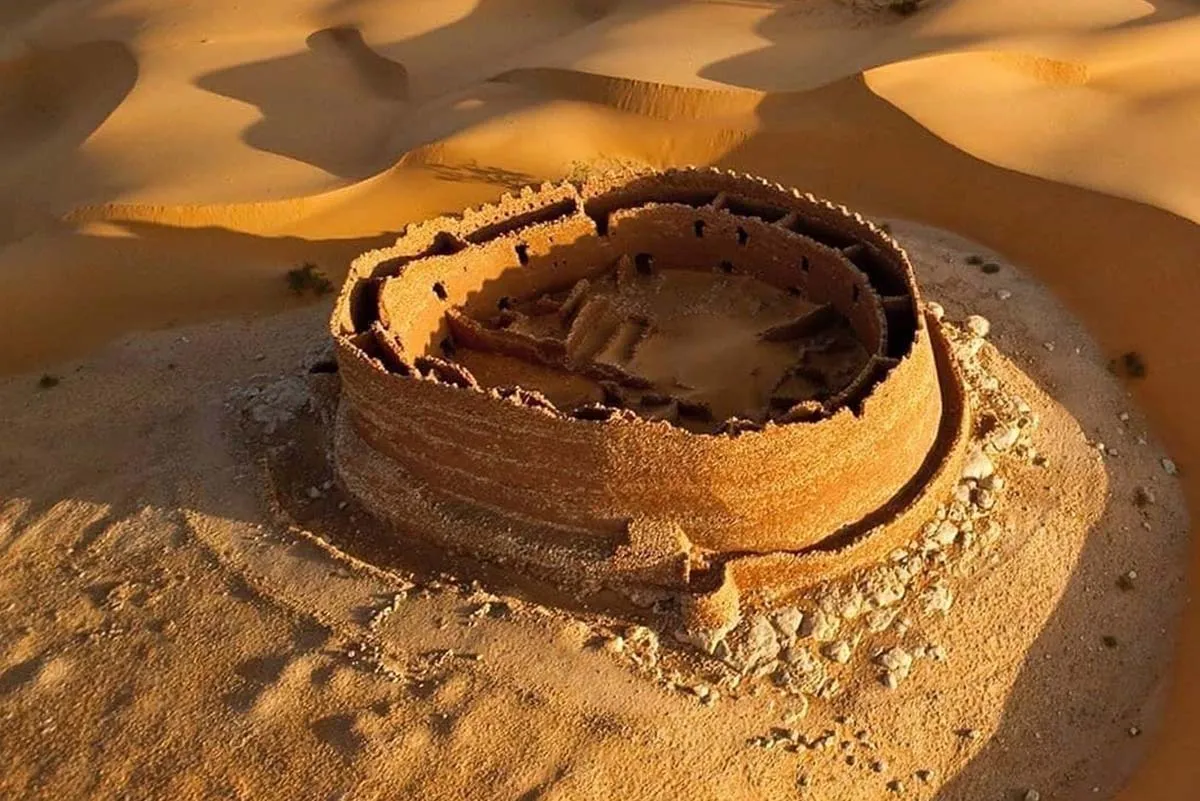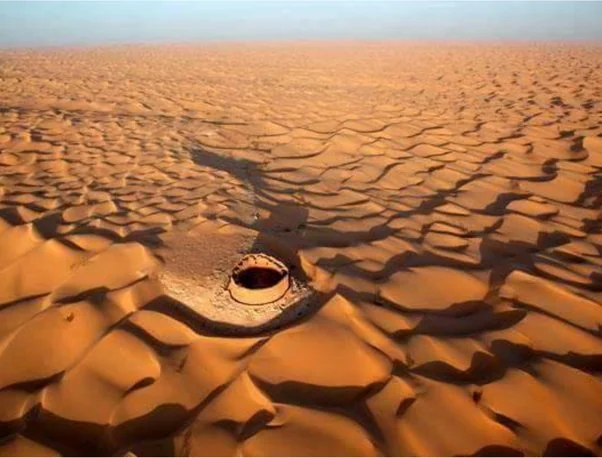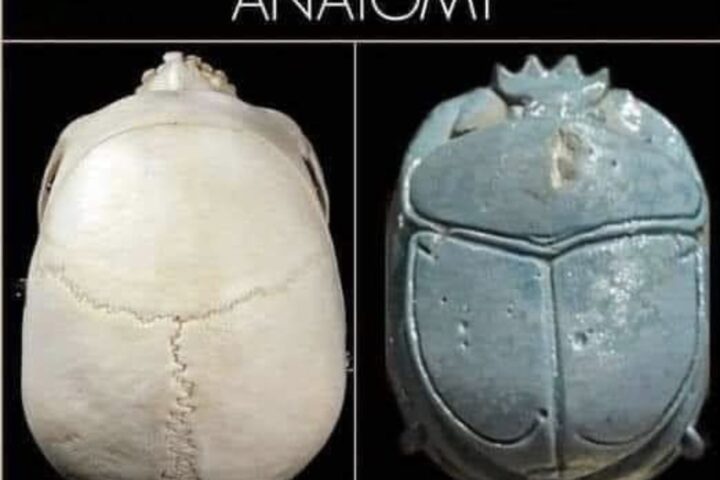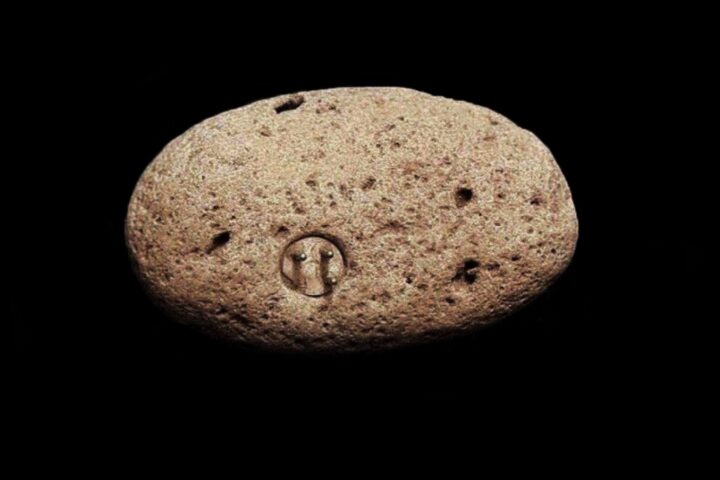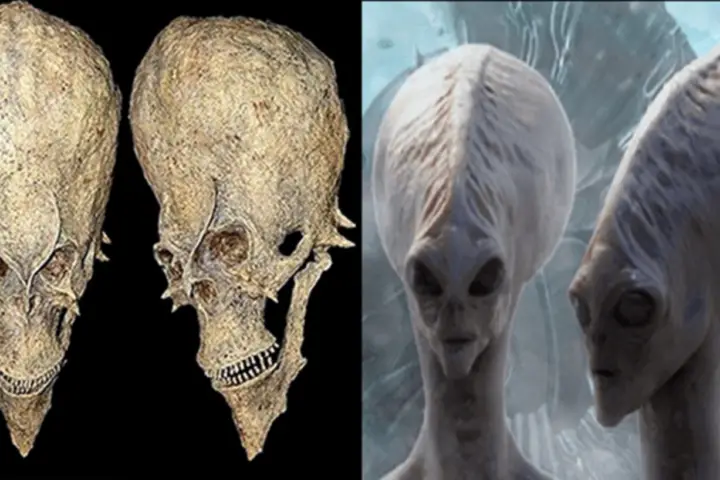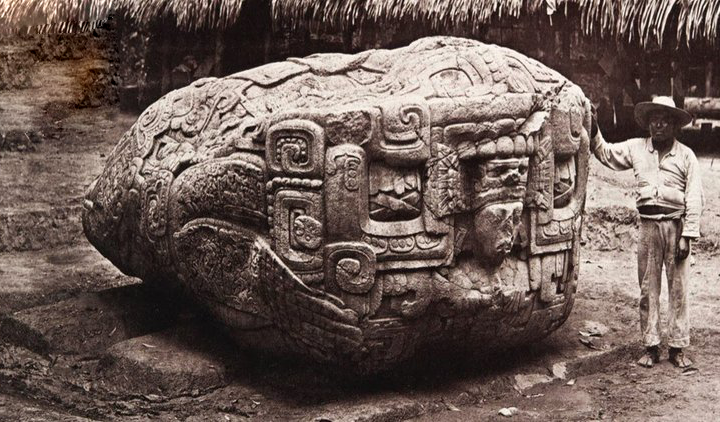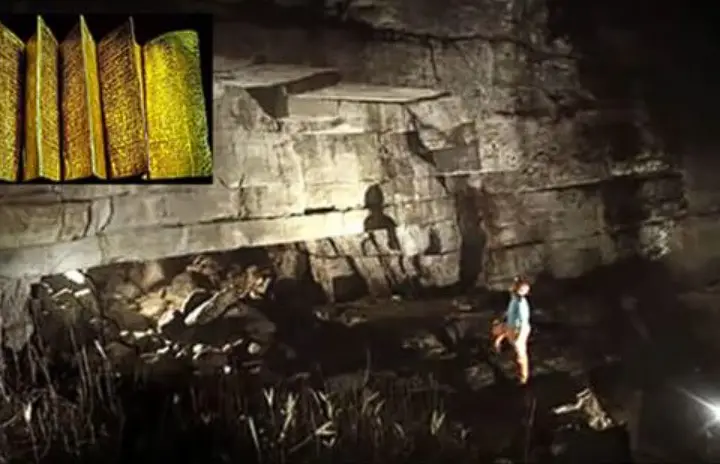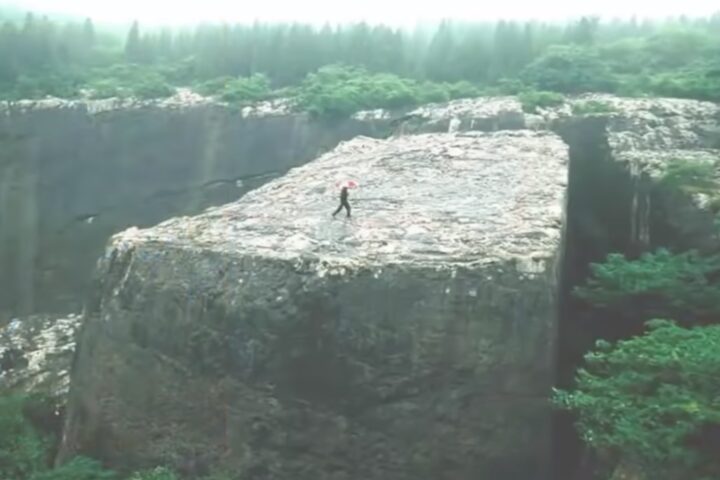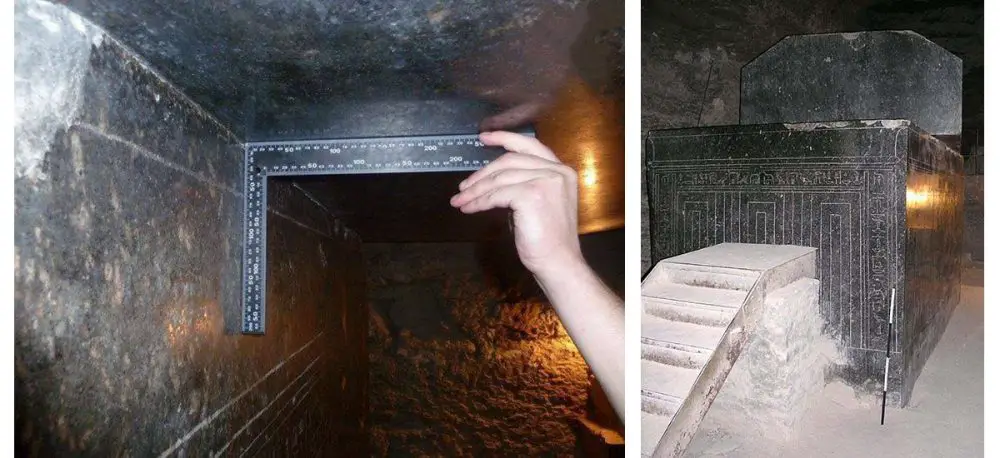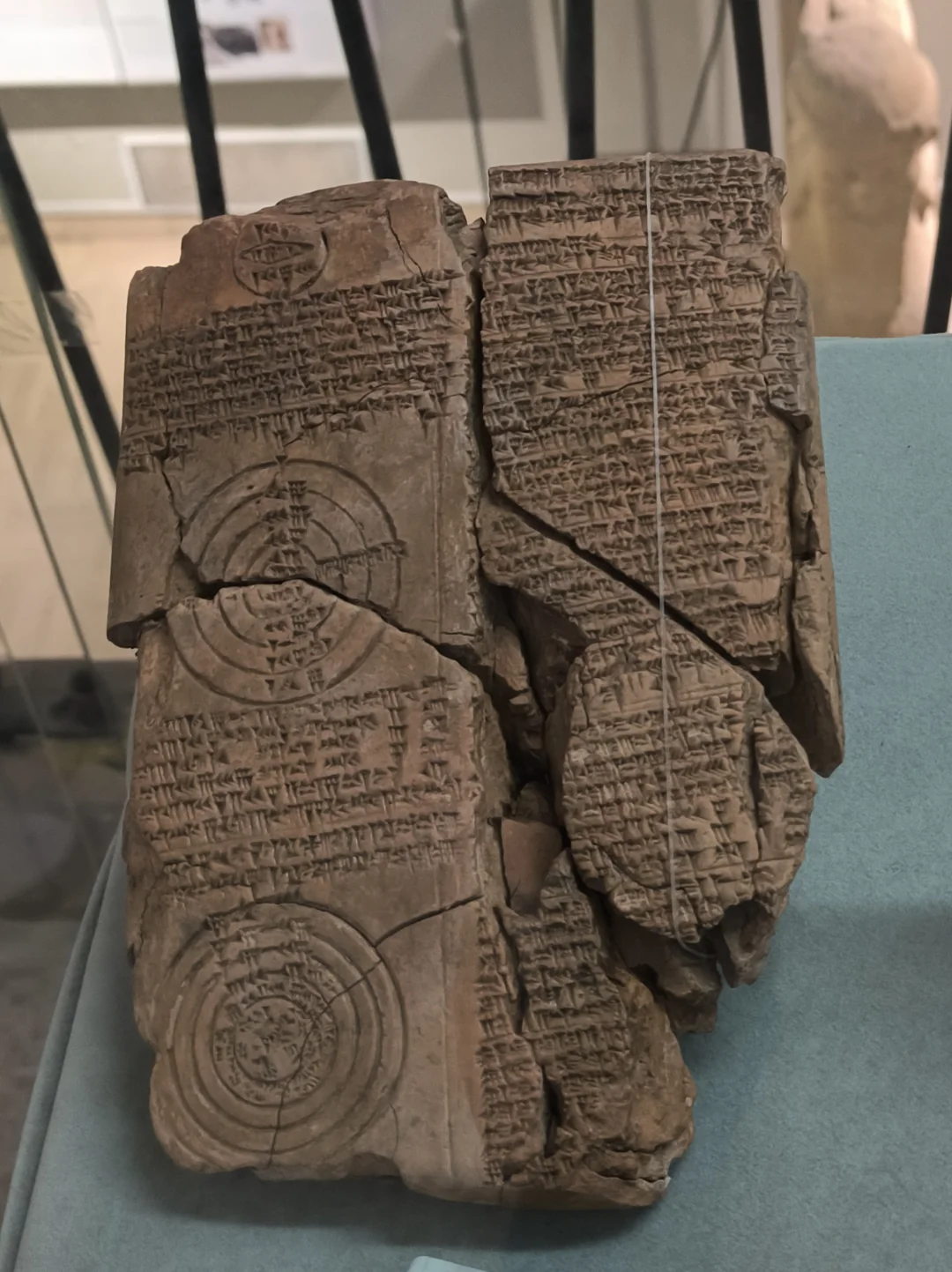Introduction: Ksar Draa, located in Timimoun, Algeria, stands as a poignant reminder of a past that is slowly fading into the sands of time. This ancient ruin, emerging from the vast desert landscape, holds the secrets of a community that once thrived within its walls – the Jews of the Timimoun region.
Historical Overview: Ksar Draa’s exact origins remain shrouded in mystery, with little documented history available. However, it is known that for a period, it was inhabited by a Jewish community, which adds a layer of cultural and historical significance to the site.
Architectural Features: The architecture of Ksar Draa reflects traditional Saharan building techniques, adapted to the harsh desert environment. Its mudbrick structures and unique layout offer a glimpse into the ingenuity of its ancient inhabitants.
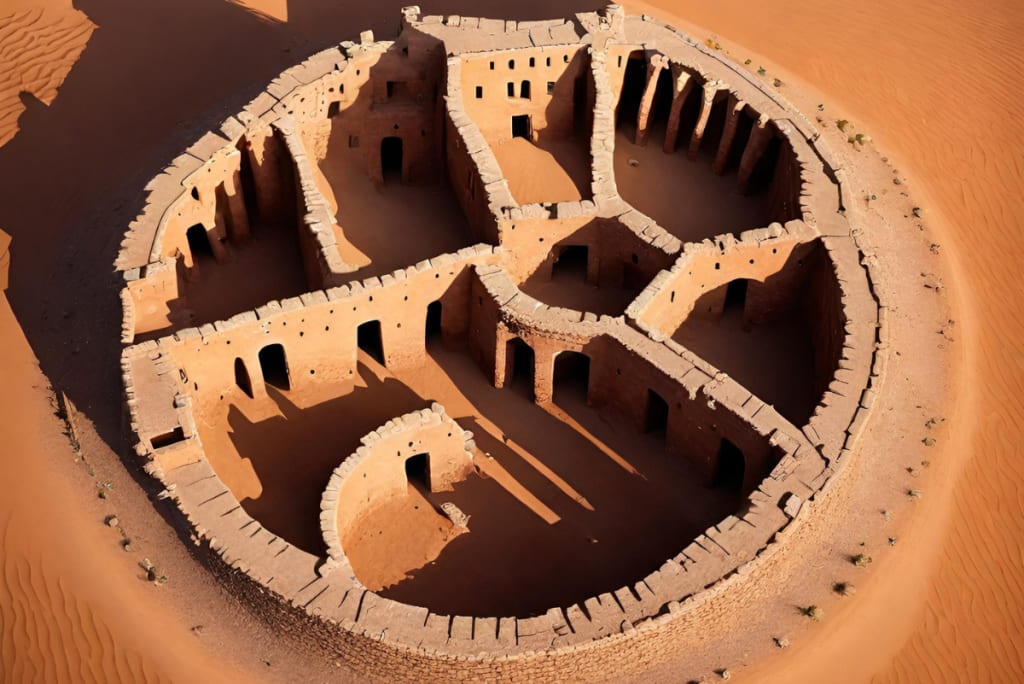
Cultural Significance: The presence of a Jewish community in Ksar Draa highlights the rich tapestry of cultures and religions that have coexisted in Algeria. It speaks to the diverse history of the region, often overlooked in mainstream historical narratives.
Current State and Preservation: Today, Ksar Draa stands in a state of neglect, with many of its structures eroded by time and weather. Efforts to preserve this historical site are crucial to keep alive the memory of the people who once called it home.
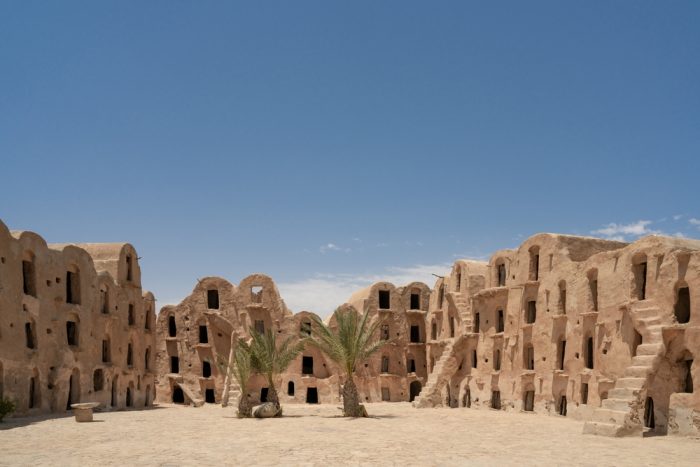
Conclusion: Ksar Draa is more than just an ancient ruin; it is a symbol of the diverse cultural heritage of Algeria and the Sahara. Its silent walls tell a story of coexistence, survival, and adaptation in one of the world’s most challenging environments.

